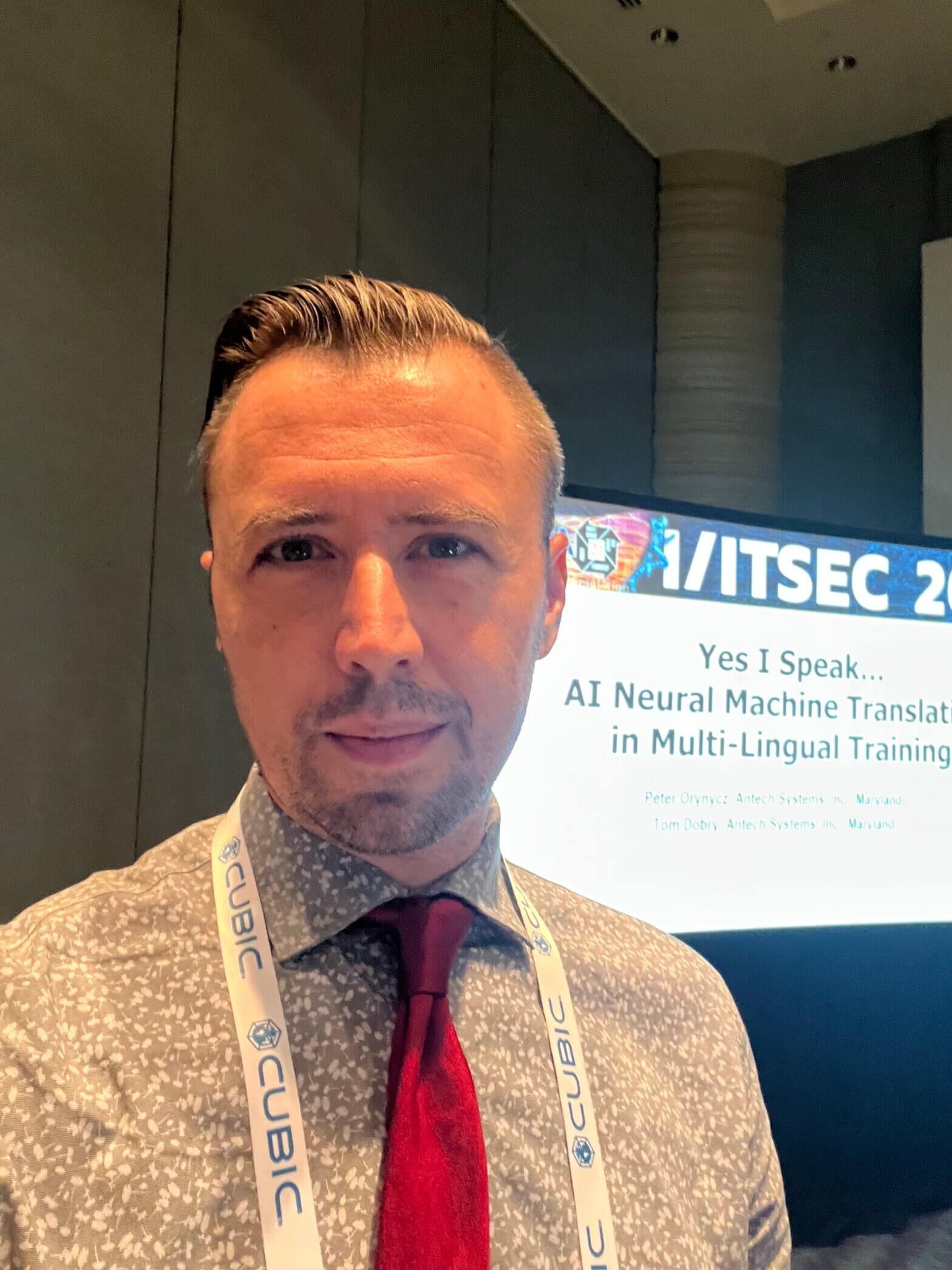BLEU
-
New Experiment: Lab-Made Lemko?
A new experiment tests the hypothesis that a machine can translate into the endangered language of Lemko.

-
AI Neural Machine Translation in Multilingual Training Presented at I/ITSEC 2021
What an honor to present the breakthroughs in our paper Yes I Speak… AI Neural Machine Translation in Multilingual Training at I/ITSEC 2021, the world’s largest modeling, simulation, and training conference, with 13,000 in-person attendees from 47 countries representing governments, universities, corporations and militaries, including including United States Marine Corps Commandant General David Berger and…
